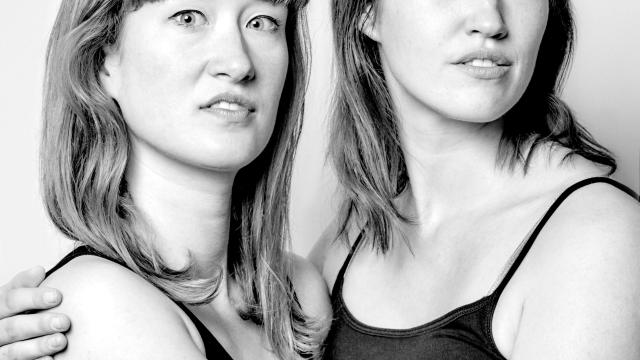A glance at François Brunelle’s photography is often disorienting. For years, the Canadian photographer has dedicated himself to creating portraits of pairs of people that look so remarkably similar that you would think they’re siblings, or at least part of the same family. However, the pairs featured in his photos are never related: They’re doppelgangers.
In an interview with Gizmodo, Brunelle said he was inspired to start his “I’m not a look-alike!” project in 1999 because he had been able to see similarities in seemingly unconnected people from a young age. Another contributing factor was his own resemblance to the legendary British TV character Mr. Bean at that time.
“That gave me the idea to find lookalikes, bring them in front of the camera and capture on film the emotion they would experience, being in the presence of another self,” Brunelle said in an email.
You can follow Brunelle’s project on Instagram.
The Science Behind Doppelgangers: Genetics
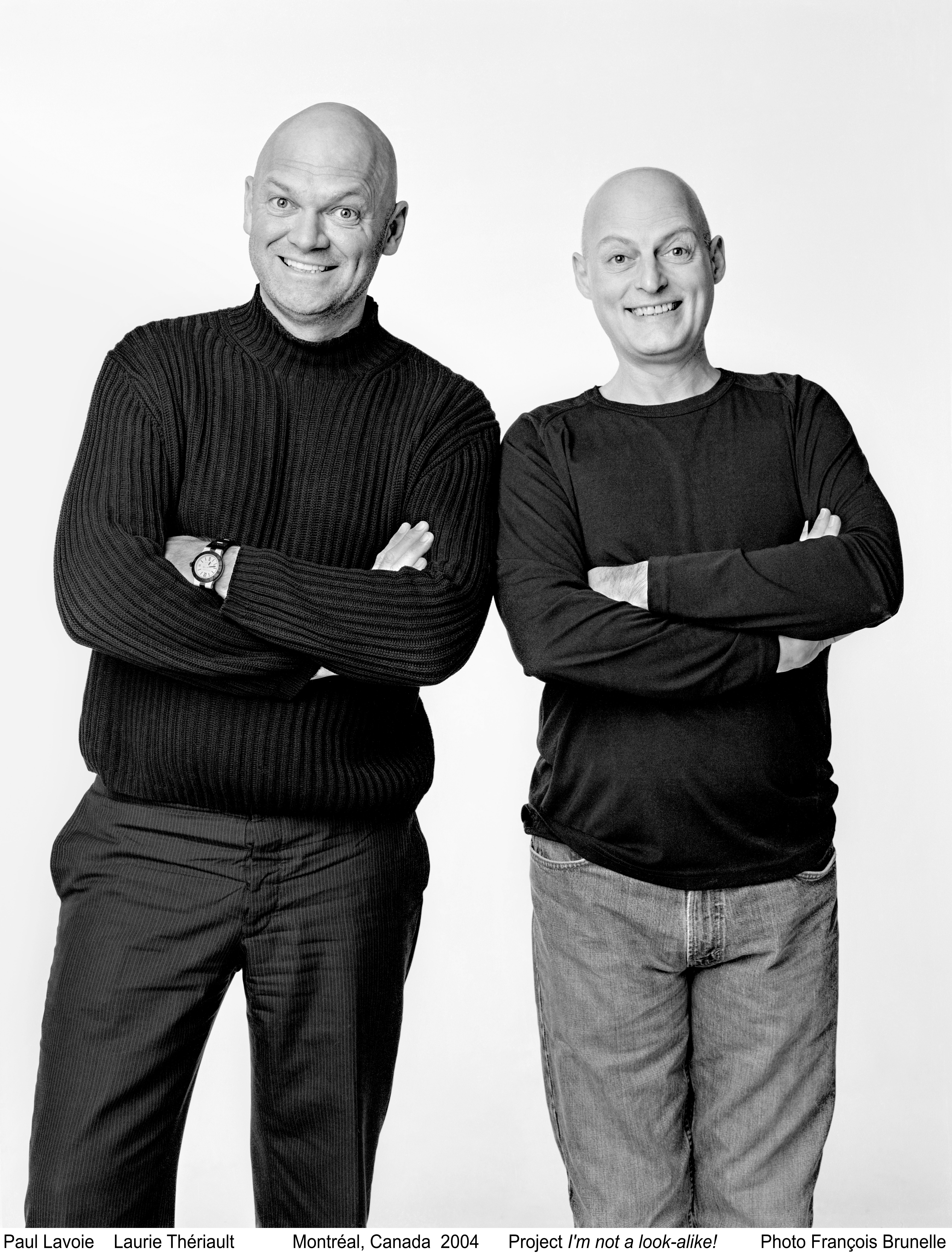
In science, the concept of doppelgangers is a bit complex. Michael Sheehan, a neurobiology and behaviour researcher at Cornell University, told Gizmodo that the cultural phenomenon of doppelgangers is a matter of genetics and neuroscience. Sheehan studies variation in animals, analysing why some species are basically entire populations of doppelgangers while others are super variable, like those who have flamboyant colours.
When it comes to human genetics, Sheehan said some people may look more similar because they have some level of more recent shared ancestry. They may also have shared ancestry from different, yet similar, populations.
But Wait, Neuroscience Plays, Too
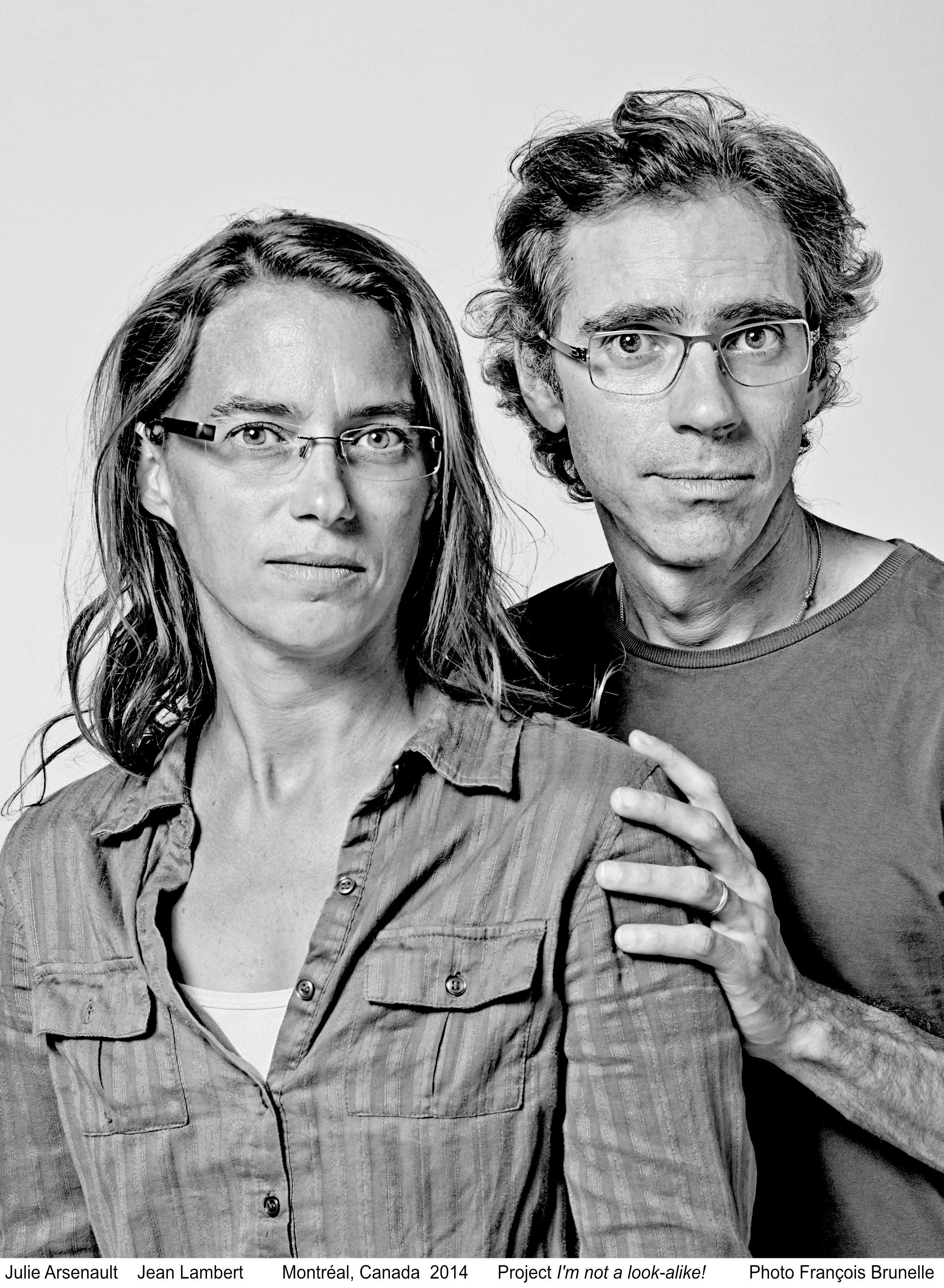
Perception also plays a role when analysing doppelgängers. Sheehan explained that there’s some evidence that suggests that the way our brains learn faces that we’re really familiar with is different than how it learns a new face we see for the first time or a face we’re less familiar with. One example to reference is actors, he pointed out, who can appear to be very different people when they wear clothes from a different time period or style their hair differently.
“I think there’s a lot going into our perception of who people are,” Sheehan said in a phone call. “You know, our bone structure in our face is a big one, but it’s not the only component of it.”
Doppelgangers in the Photo Studio
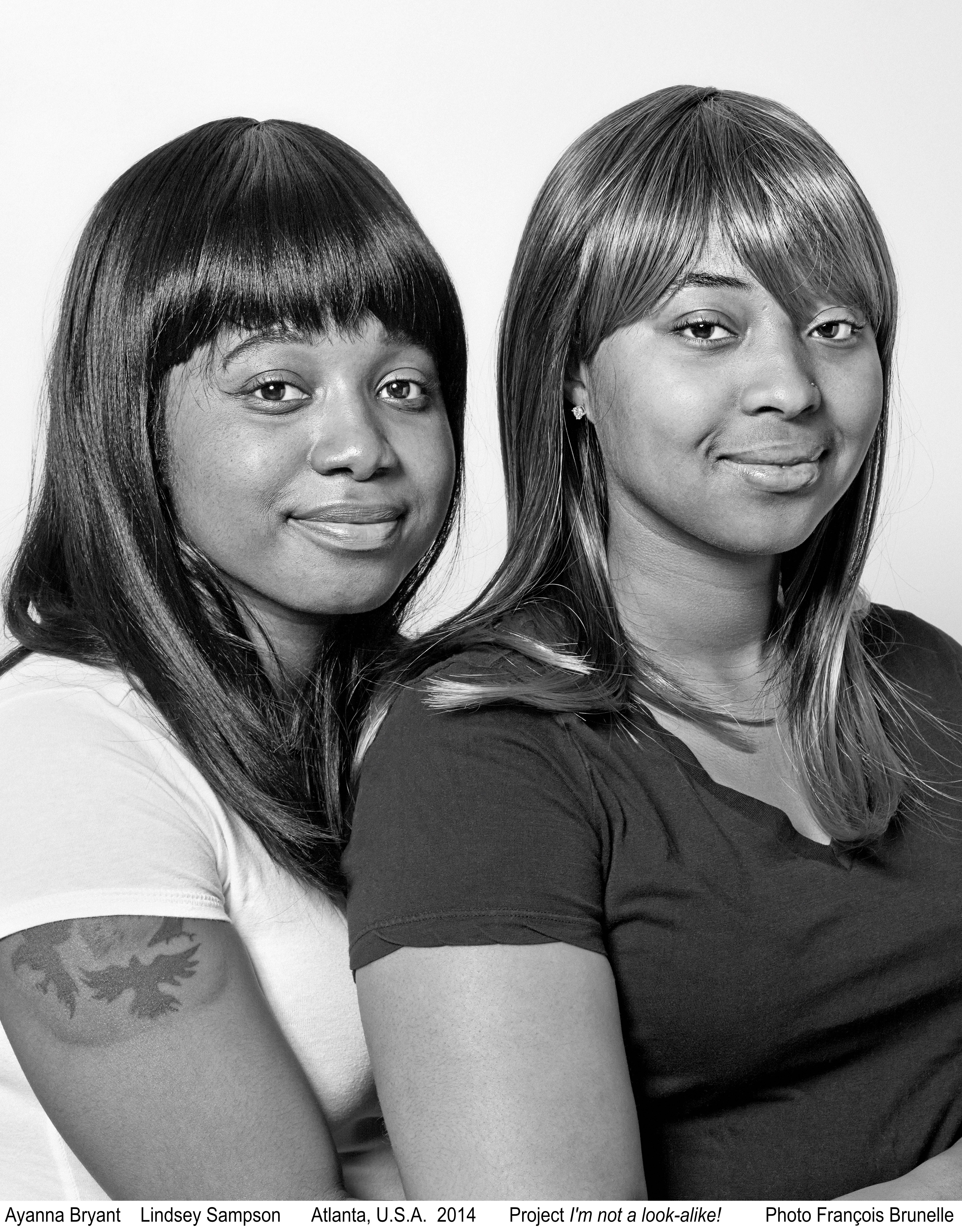
Brunelle can relate to Sheehan’s explanation. When he first photographs a pair of lookalikes, the first thing that crosses his mind is one of two extremes: “Wow, they look so similar” or “Oh my, they look so different!”
“Then, I have to tell myself that since they are look-alikes, I have to find out in which way they are considered look-alikes,” the photographer said. “Perhaps when they smile, perhaps with a poker face, I have to try a lot of things and find a way to show their likeness. I am trying to figure out the best I can do to make that photo worth looking at in the end.”
Fooling a Doppelganger Photographer
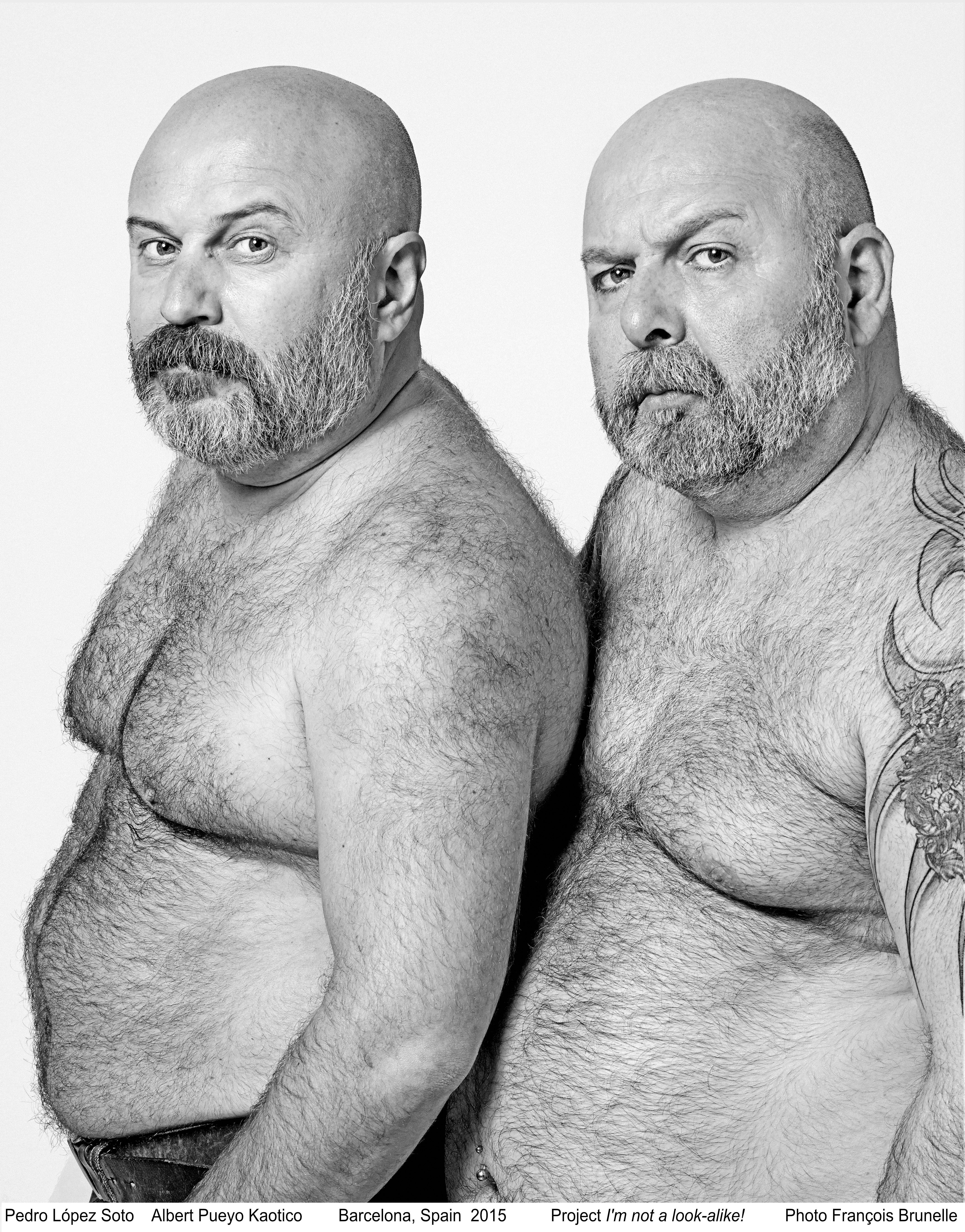
Every experience Brunelle has with a pair of doppelgangers is memorable, he says, because each one is an encounter with the unknown. In some cases, the people featured in his photographs are meeting for the first time. One encounter he says he’ll always remember is when two ladies showed up to his studio wearing the same dress. He told them that there was a mistake, that sisters could not be a part of the project because it focused on people who were unrelated.
“To which they replied with a big smile on their faces: ‘No! We are not!’ I was really caught off guard by this pair,” Brunelle said.
Everyone Has a Doppelganger

According to Sheehan, everyone has someone else out there who looks like them, there’s no doubt about it. The questions you should be asking are the following: Will you ever meet them? If you do, would you consider them your doppelganger?
Although Sheehan said there’s a cultural idea where people are drawn to leap to conclusions about others based on how they look, projects like Brunelle’s and others teach us that people can look really similar but be nothing alike.
“The human thing we need to take away from that is: ‘Be really careful about making assumptions about people,’” Sheehan said.
250 Pairs of Doppelgangers and Counting
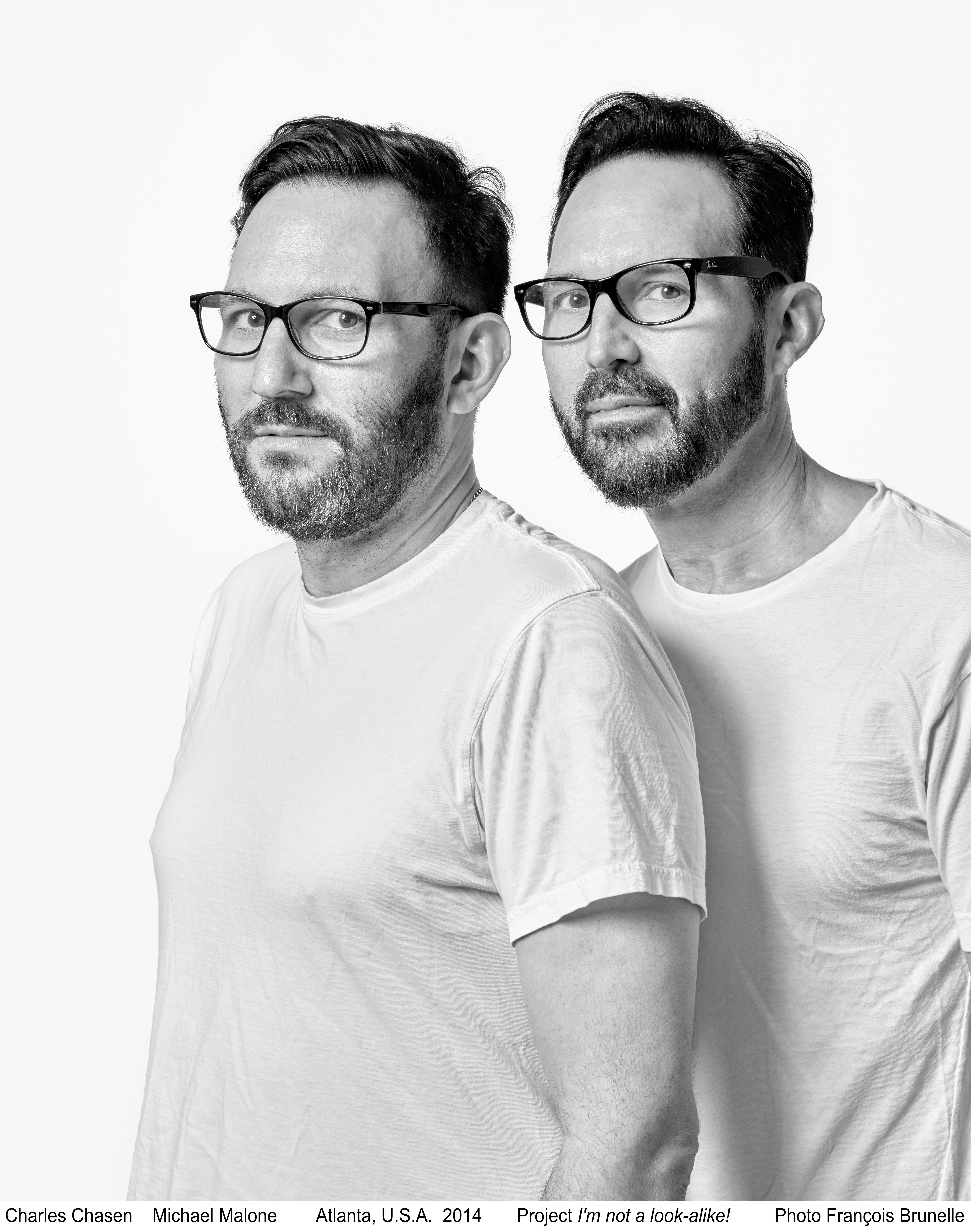
After two decades, Brunelle has photographed about 250 pairs of doppelgangers. While that number is impressive, it belies how difficult it is to find them. At the beginning, Brunelle had a hard time collecting models for his project. His quest became easier when the media got involved, which allowed him to reach a lot of people.
“Now my biggest challenge is to finish the project and publish a book with my photographs that is not boring but relevant and can reflect about what we are as human beings and also throw an honest look about what defines our identity,” Brunelle said.
The photographer told Gizmodo that he is currently working on a book about his “I’m not a look-alike!” project with a European editor that’s set to be released in 2023. He also wants to create an exhibition of his photographs to enlighten people on the idea of identity.
This article has been updated since it was first published.
